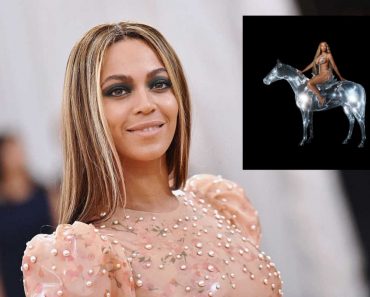
A video of the moon filling the sky before briefly obscuring the sun at the North Pole has gone viral on social media. The video has been viewed over four million times on Twitter alone. Internet users are beginning to question whether the natural phenomenon is real.
The video was first published on TikTok by user @amoskabuthi0 on September 7th, before going popular on Twitter. “One of nature’s miracles,” the internet user claimed to have captured.
In the popular animation, the moon was seen orbiting extremely close to Earth, occupying the majority of the sky before eclipsing the sun. For a brief period, the entire sky became black as it did so.
According to the subtitles on the TikTok movie, the Moon approaches the Earth so closely while orbiting it around the Arctic Ocean at the North Pole between Russia and Canada that it looks to collide with it.
According to the next on-screen text a few seconds into the movie, the moon completes the cycle above “in just 30 seconds and for 5 seconds it covers the Sun” before departing.
Was the footage of the moon blocking the sun from the North Pole real?
The video is a forgery. It was developed by @aleksey nz, a CGI and animation artist. On May 17, the video was shared on TikTok for the first time, and it has since earned over 32.9 million views. The creator routinely animates and broadcasts space travel and sky films on his TikTok account, which has almost two million followers.
The moon is in the North Pole, where the day lasts 24 hours and the moon appears in only 30 seconds completely and blocks the sun for only 5 seconds and then disappears, a breathtaking view. pic.twitter.com/kJjkEzAeaq
— Ollie and Dave. (@BeachDog15) April 26, 2022
@amoskabuthi0 used TikTok to prove the video was a hoax, claiming it was not taken near the North Pole. According to watchers, the land should be buried in snow and ice. On the other hand, the scenery appeared to be dry and grassy.
The moon is in the North Pole, where the day lasts 24 hours and the moon appears in only 30 seconds completely and blocks the sun for only 5 seconds and then disappears, a breathtaking view. pic.twitter.com/kJjkEzAeaq
— Ollie and Dave. (@BeachDog15) April 26, 2022
The moon’s closest approach to Earth is 360,000 kilometres, according to Newsweek, meaning that the moon would appear much smaller than represented in the video.
The popular movie also depicts the moon’s many aspects at the North Pole, which due to the moon’s 27-day orbital period are impossible to see all at once.
When the moon passes in front of the sun, meteorologist Rebecca Barry of Max Defender 8 claims that it is impossible to see the moon in the sky. The only way to see the moon in such a situation would be if the sun’s light bounced off the surface and back to the watchers. “At that angle, the moon can’t be illuminated,” Barry added.






